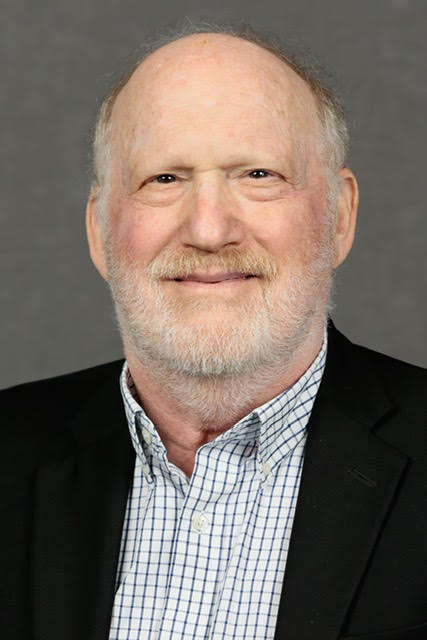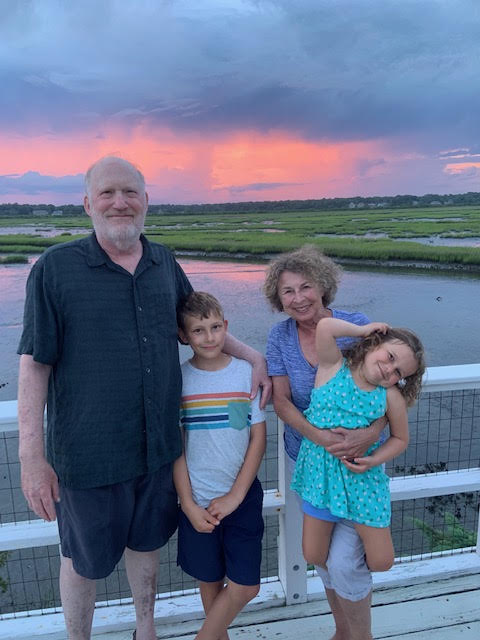
Marvin S. Swartz, M.D., is a professor of psychiatry and behavioral sciences at Duke University. He has dedicated his career to researching the effectiveness of services for severely mentally ill people. He’s also the director of the National Resource Center on Psychiatric Advance Directives. He sat down with SevenPonds to illuminate what these psychiatric advance directives are and how they work.
What is a Psychiatric Advance Directive and how is it implemented?
Psychiatric Advance Directives are legal instruments that allow a person in advance of a crisis to specify the kind of treatment they would like should they lose capacity and aren’t able to speak for themselves. They allow a patient to appoint a person to speak for them during a crisis. There’s the instructional directive, which is similar to a medical advance directive, in that it just specifies the treatment that the person would like, the hospitals they’d be willing to be admitted to, and other preferences. And the appointment of the trusted other is called the healthcare proxy or the healthcare power of attorney, and it allows another person to take over and make decisions during a crisis.
Why are Psychiatric Advance Directives important?
Often people with severe mental illness make decisions they later regret or don’t make decisions they wished they had made. And they end up in treatment that other people, not their trusted person, chose for them. Often that’s in the form of involuntary commitment. That’s something that most people really don’t like – when the control is taken out of their hands. So this is a way to specify about a future state – for example, if this happens to me again, this is the hospital and the medications I’d prefer. If a person cannot give informed consent, then usually the provider has to step in and use their authority for involuntary commitment to force treatment.
Are there any other negative effects if there’s no PAD in place?
Typically when a person is involuntarily committed they’re taken into custody by law enforcement. So it feels very much like an arrest. And it’s a terrible way to get introduced to treatment. A colleague of mine had a daughter who voluntarily went to the emergency room because she was suicidal, but the providers involuntarily committed her for the purpose of transporting her. Law enforcement came and put her in shackles and drove her off. It’s not trivial.
So this would be a way to introduce treatment in a safer manner?
Yes, and the fact that they could pick a trusted person gives them comfort. Someone who knows them will try to preserve their autonomy and their wishes.

Marvin with his family at Sunset Beach, North Carolina
How does this work on the ground?
A frequent situation is when a person goes to the emergency room or crisis center and is not in a position to coherently make decisions. The provider can pull it out of the chart, and call the healthcare power of attorney to provide consent to treatment. It’s like an emergent form of guardianship.
Where would the provider find the Psychiatric Advance Directive?
Often it would get filed in the health record in the legal tab. That’s an attractive option because they’re sharing information across health systems. There are also registries where you can upload these documents.
When people do have the decisional capacity to fill out a PAD, do they ever make decisions that are bad for themselves?
So that is the big fear among providers. They think “I’m not going to let this crazy person dictate bad treatment.” They’re worried about their malpractice liability. If we facilitate people to fill out a PAD, we talk to the patient about that. We tell them they should write one with realistic options because if you say things that are unrealistic, providers are going to override them and you’re going to be disappointed. We had a patient who said they’re really uptight when they go into crisis, so when they go into the emergency room, they want to smoke. And that just isn’t something the emergency room is going to do. So let’s not disappoint you and write that down. We have never encountered a patient that refused all treatment. We have had patients that say “I don’t want to go to that hospital because it’s a gulag.”
Do doctors have any other concerns about Psychiatric Advance Directives?
When they haven’t been educated, doctors do fear the patient dictating bad treatment. But there are three caveats they should know.
One – All the laws as written have an override that says the doctor doesn’t have to follow the advance directive if it doesn’t comport with community practice standards. So they don’t have to do crazy stuff. They use their judgment.
Two – They can be overridden by emergency law if there’s some legal reason they need to be overridden.
The third and very important caveat is if the request is not feasible, the doctor does not have to follow it. For example, if you had one episode in LA, and you said if I get sick again, I want to be flown to the Betty Ford clinic in Minnesota. The doctor is under no obligation to do that because it’s not feasible.
So when you tell doctors those three caveats, it generally reassures them that this isn’t something to fear or resist. Ninety percent of them are cool with it.
Do patients run into any issues with PADs?
In most states, these are binding. If someone writes an advance directive, and during a crisis, they change their mind when getting treatment, they’re bound to their previous decision. That’s a controversial aspect of it because some patients say they don’t want to be bound to this in perpetuity, and they have a point. Say you had respiratory failure and you put in your advance directive that you don’t want to be intubated. Let’s say that happens and you go into the intensive care unit and the doctor says your advance directive says we can’t intubate you, but that’s your only option to live. If you tell the doctor you’ve changed your mind, the doctor is not going to let you die. That’s the difference between medical and psychiatric advance directives. PADs are binding, and some people with mental illness don’t like that.
Because there’s a low base rate of them, medical providers aren’t used to seeing them and don’t know to look for them. So they largely disregard them. We’ve been working on educating providers.
What barriers do people with mental illness have when trying to fill these out?
The language can be quite legalistic and confusing. We’ve found that only about 3% of people with serious mental illness had done them on their own. But two-thirds to three-quarters said that if someone would help them, they would like to do it. And then we did a study and found that two-thirds to three-quarters of people who had assistance went ahead and did it. We’ve shown that research assistants can help them. Family members can be trained to do them. Peer support specialists, people in recovery, can be trained to help them.
How can people get help with filling out a PAD?
They could go to their National Alliance of Mental Illness branch. They could turn to federally funded disability rights organizations. They could turn to an attorney. They could do it on their own. Lack of assistance should not be a barrier to filling out a PAD for those who are interested in protecting their autonomy during a mental health crisis.

 Psychiatric Advance Directives Can Empower Those With Severe Mental Illness
Psychiatric Advance Directives Can Empower Those With Severe Mental Illness


 How Dare You Die Now!
How Dare You Die Now!
 Debating Medical Aid in Dying
Debating Medical Aid in Dying
 “Help Me, Helen”
“Help Me, Helen”














